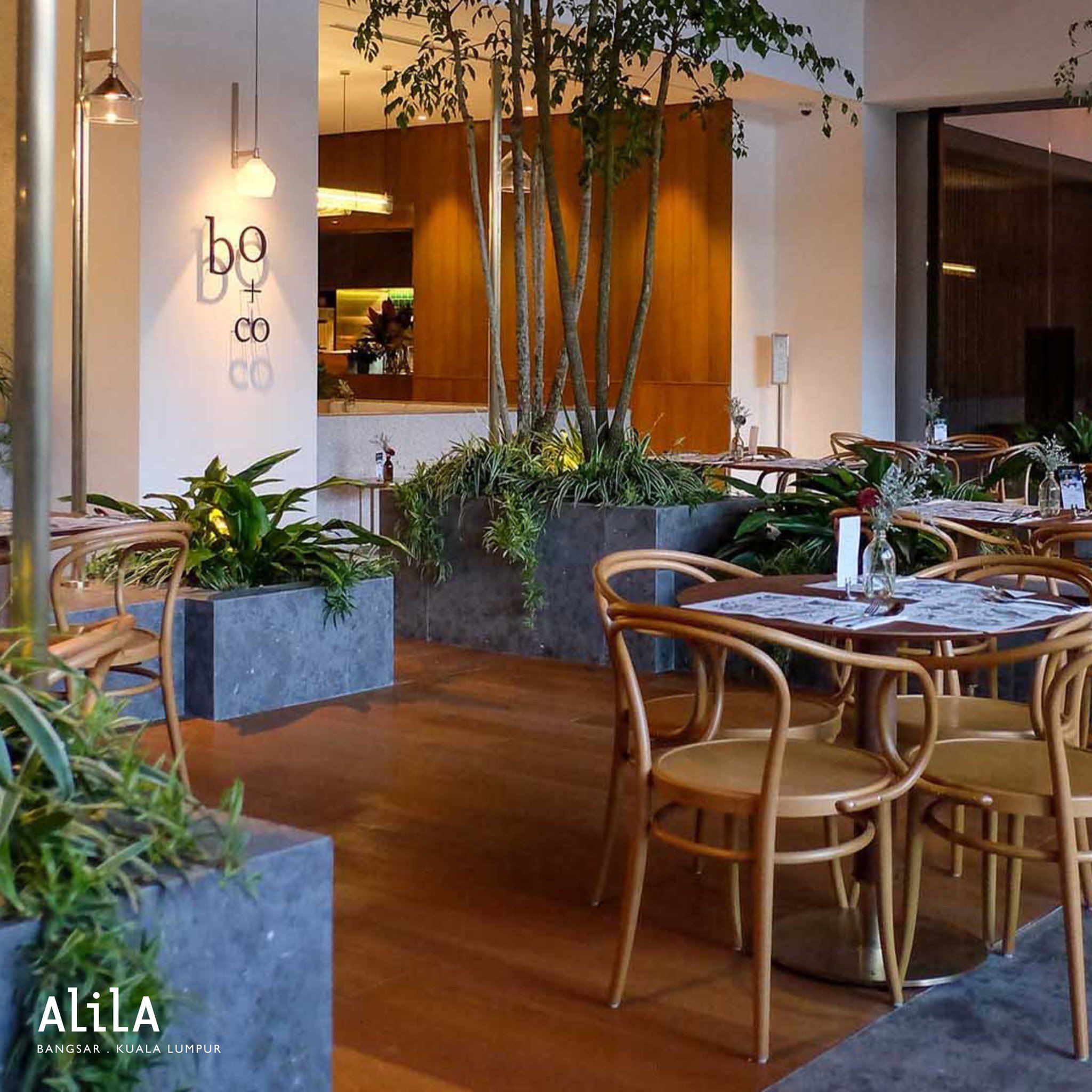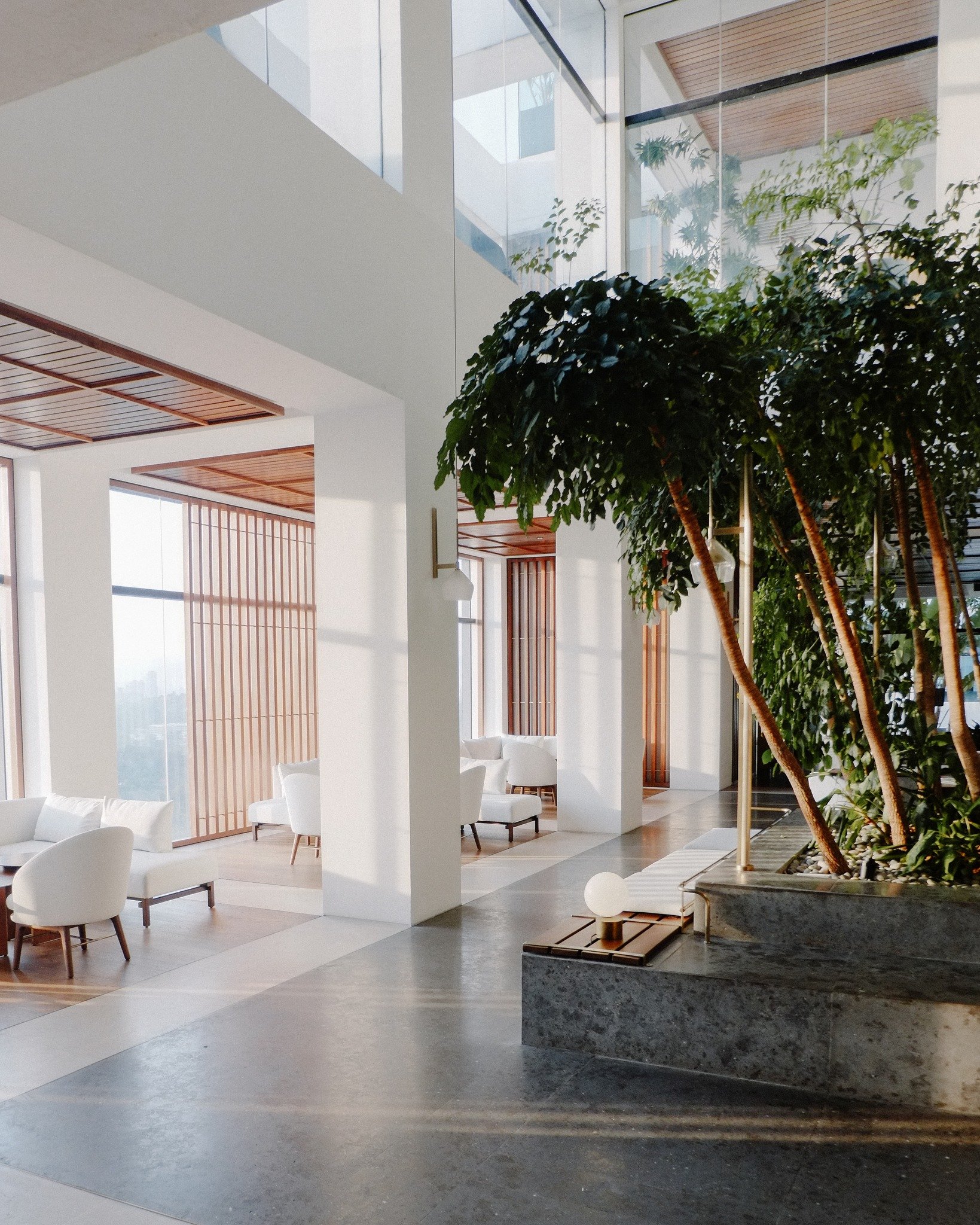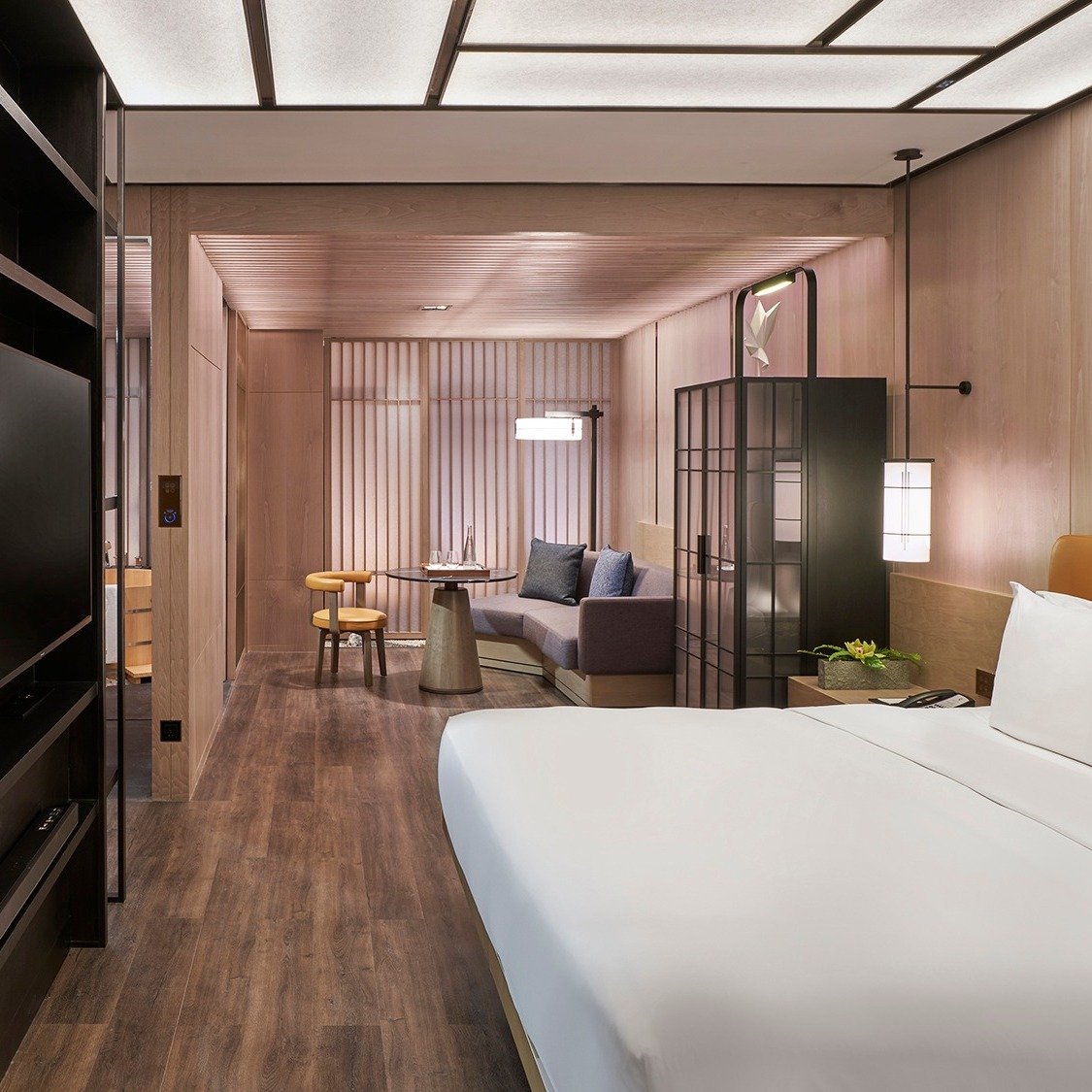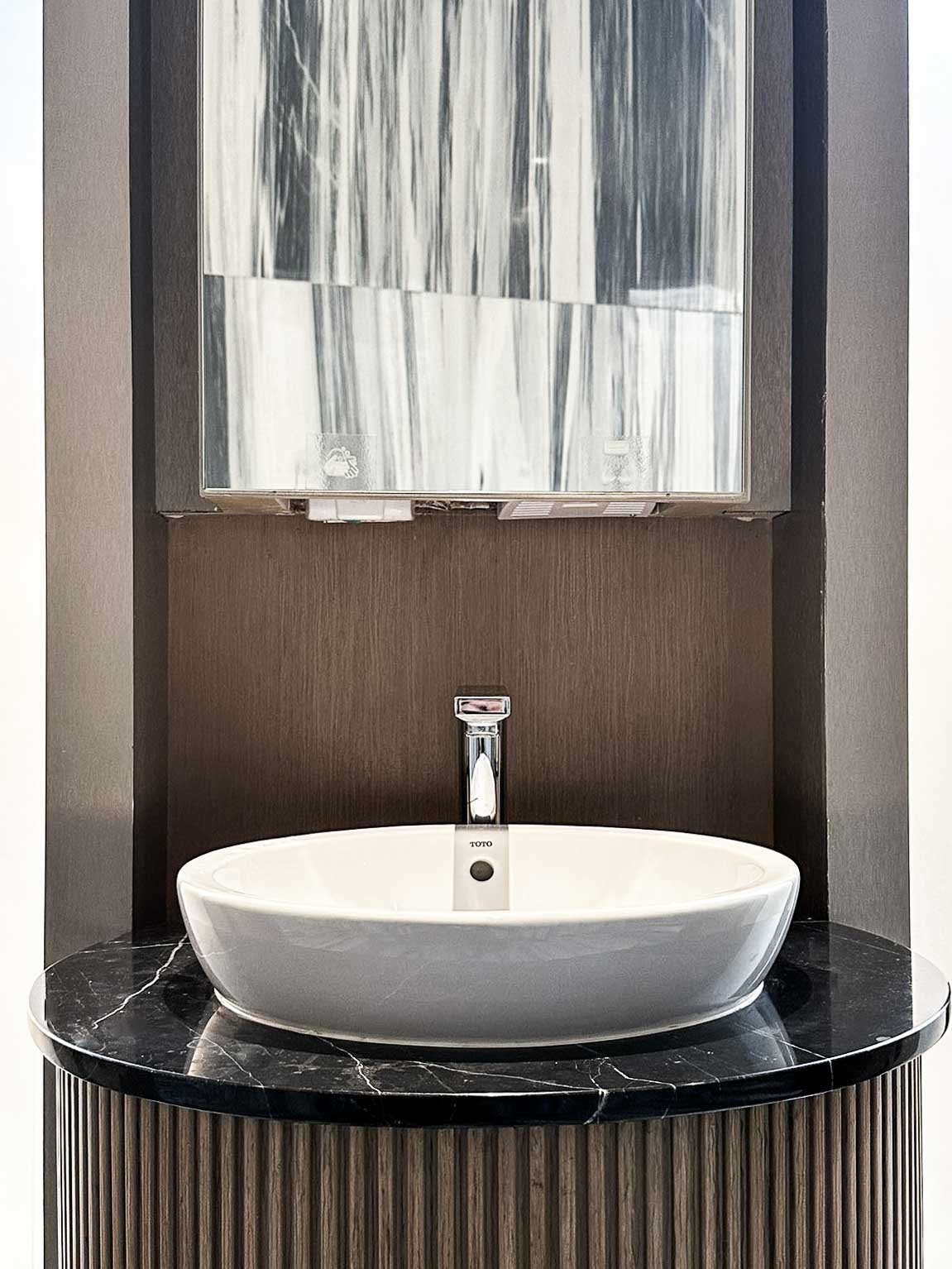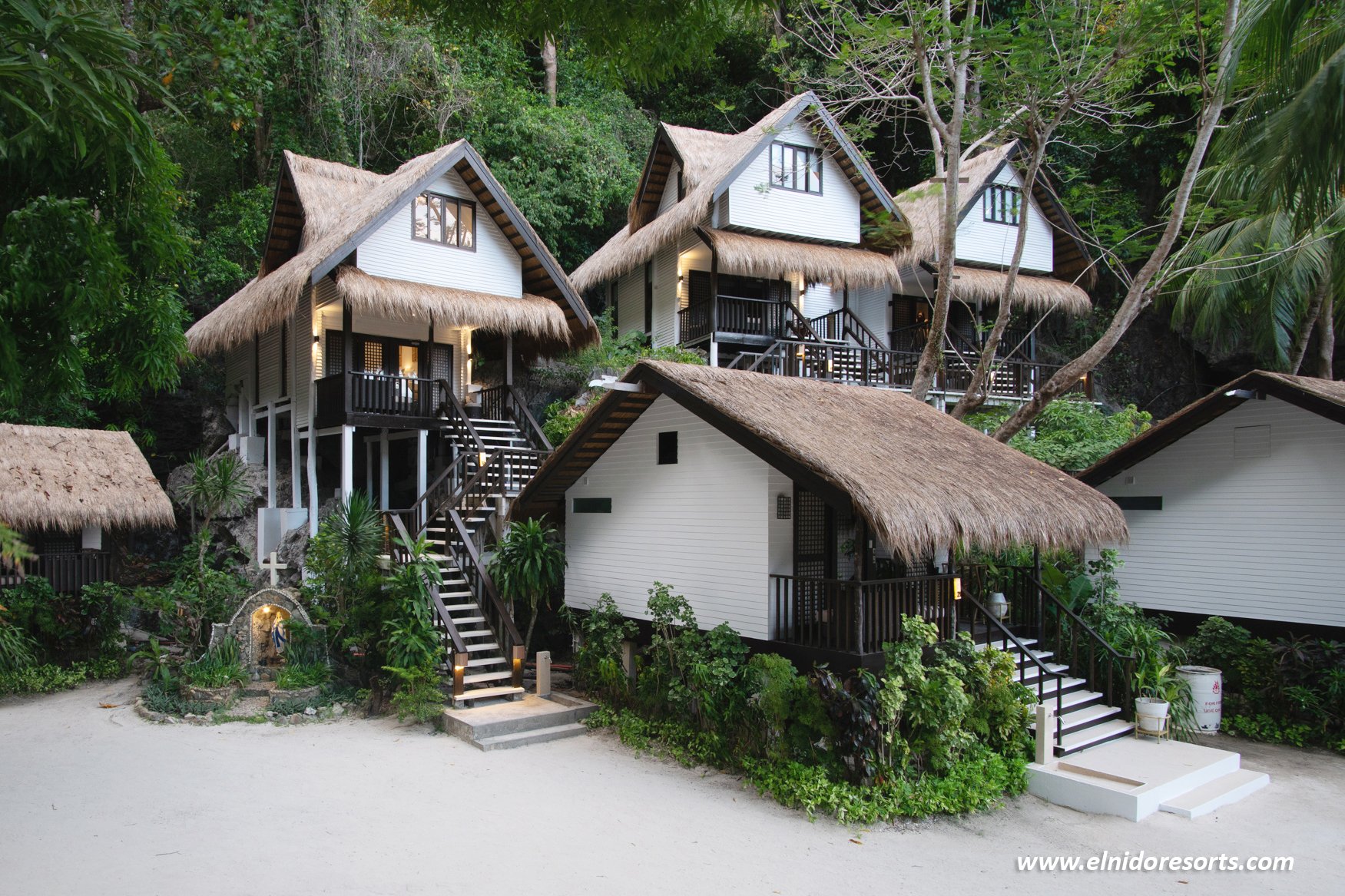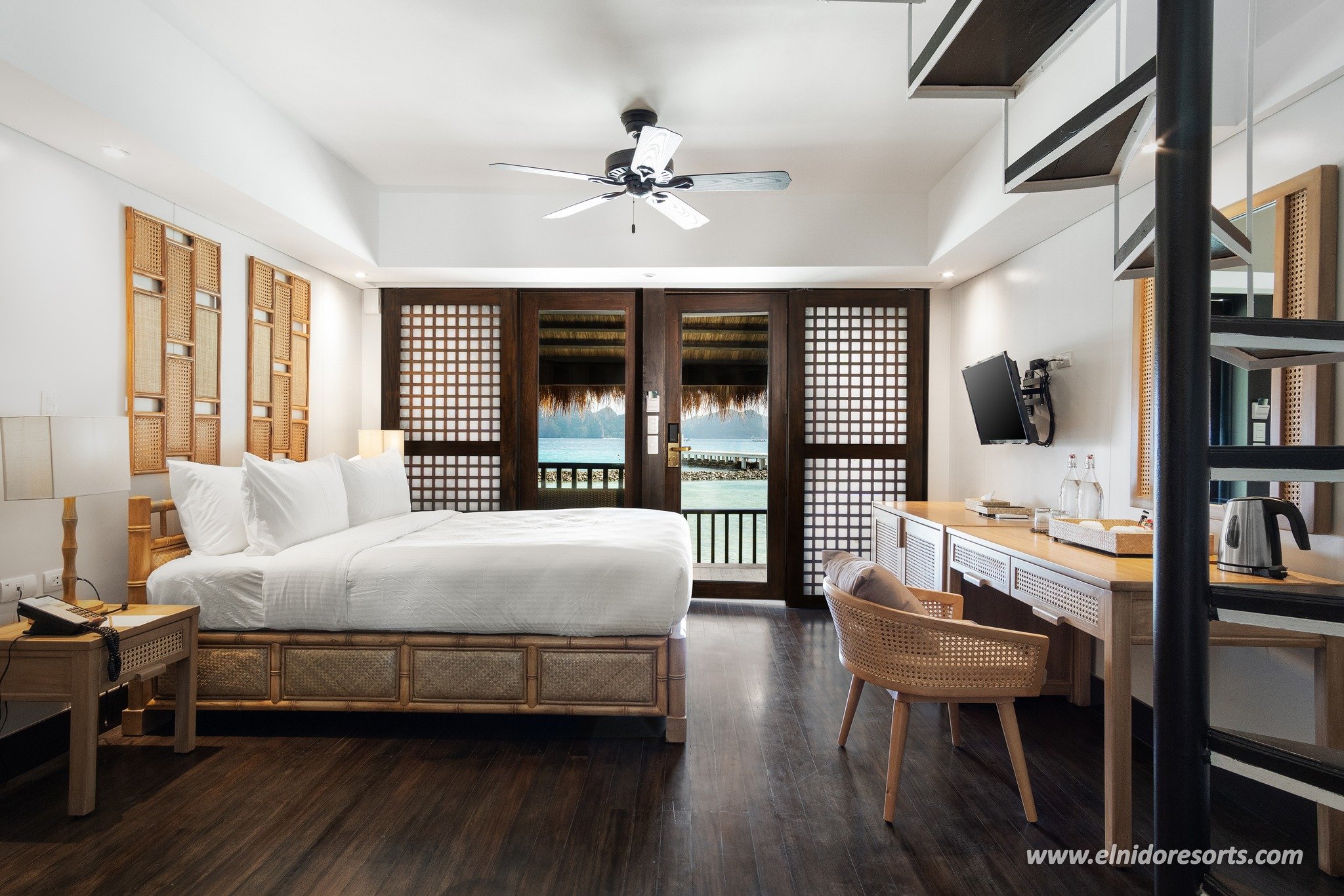Advanced Design Strategies for Climate-Conscious Hotels
Photo by El Nido Resorts - Miniloc
Sustainable design is changing the game for what hotels can be, and it's so much more than just switching to energy-saving bulbs or eliminating single-use plastics. It's about a whole new way of thinking—how hotels and their environment can work together in harmony, from choosing local materials that are tough and resilient yet kind to the planet to smarter ways of handling waste, water, and energy, all the way to how they collaborate with local communities. It's a fresh take on hospitality that's all about respecting Mother Earth.
The recent Hotel + Accommodation Industry Summit in the Philippines featured a compelling panel discussion titled "Revolutionizing Hospitality through Sustainable Design Solutions for Eco-friendly Hotels." This conversation was one of the event's most engaging and thought-provoking sessions. The panelists included architects, hospitality designers, master planners, and a smart technology expert who shared their insights on the latest sustainable design strategies and innovations and how they can shape the future of hotels.
Challenges on the Path to Sustainability
Opting for sustainable design is good for the planet and makes economic sense. However, it's not all smooth sailing. There are financial, regulatory, and practical hurdles to navigate. Figuring out how to tackle these challenges can turn the dream of sustainability into a valuable asset.
Navigating the Obstacle Course
Architect Cathy S. Saldaña, President of PDP Architects | Projects Design Plus Architecture Management Corp., who moderated the panel, shared that some of the challenges hospitality establishments face include the misconception that every sustainable measure or strategy is difficult or expensive.
"This can be solved through information campaigns for both management and their teams, the guests, local governments, the tourism department, offices of the building officials, and the community within the perimeter and vicinity of the hotel or resort," says Saldaña.
The purpose of these campaigns is to educate all parties on sustainable practices related to both land and sea, ensuring everyone is informed and engaged in sustainability efforts. By focusing on both terrestrial and marine environments, we address interconnected ecosystems and promote holistic sustainability efforts that benefit the planet as a whole.
Clear communication about the projects' benefits can also build support both inside and outside the organization.
Where and how to start?
Industry insiders recommend starting with small, manageable projects that show commitment and offer quick wins.
The trick to success is getting everyone on board, from your staff to your guests, turning skeptics into supporters. Giving your team the tools and encouragement they need to lead the charge on sustainability is key. For a detailed guide on how to accomplish this, we've put together an in-depth article here.
Collaborating with sustainability experts and organizations can also provide invaluable insights and boost the credibility of these sustainability initiatives.
"Every hotel—from the simple, budget-friendly hostel to a 5-star villa enclave, a chic boutique hotel, to a sprawling integrated resort—must have sustainable management in place for both operations and guest services," Saldaña points out.
Breaking New Ground in Hotel Design
How are hotels redefining norms to create eco-friendly spaces that are both welcoming and sustainable?
Energy Efficiency: Beyond Solar Panels
The hotel industry's approach to energy efficiency is changing. It's no longer just about adding a solar panel array and calling it a day. It's reimagining every aspect of the hotel's design, technology, and operation to create spaces that aren't just efficient but also genuinely inviting.
Consider adopting passive design principles that make the most of natural resources, like sunlight, to reduce the need for artificial systems, such as electric lighting and air conditioning. These architectural approaches enhance energy efficiency and lower energy consumption in buildings.
Explore biophilic design, an innovative approach that integrates natural elements into architectural spaces. This concept brings nature indoors, creating environments that cultivate a deeper connection between people and nature. This strategy extends beyond placing a few plants around the hotel; it involves creating a space that mirrors nature's tranquility, enhancing guests' health and well-being.
Alila Bangsar in Kuala Lumpur, Malaysia, is a prime example. This urban hotel incorporates lush greenery, natural lighting, and open spaces that invite nature into every corner. The use of local materials and greenery across its public and private areas creates a serene oasis amidst the bustling cityscape.
Photos by Alila Bangsar
Then, there's the game-changing use of smart technologies. Hotels are rolling out IoT-enabled devices and systems that learn from guest behavior, adjusting heating, cooling, and lighting to be more energy-efficient.
Norman Agleron, Partner at HBA Philippines, shared the advanced energy-saving technologies implemented at Hotel Okura Manila. These include automated systems for managing energy consumption in unoccupied rooms, mobile device-based room access to minimize plastic keycard usage, and LED lighting technology. Additionally, the hotel has installed low-flow water fixtures, including taps, toilets, and showerheads, to optimize water conservation efforts.
Photos by Hotel Okura Manila
Water Wisdom: Strategies for Water Conservation
Water conservation is becoming a critical aspect of sustainable hotel design.
Hotels are now taking responsibility for reducing their water footprint by integrating advanced technologies like greywater systems that recycle wastewater for non-potable uses, such as landscape irrigation or toilet flushing. Others are installing low-flow fixtures that reduce the amount of water used per guest without impacting their comfort.
El Nido Resorts in Palawan, Philippines, uses a rainwater catchment system to gather, filter, and store rainwater for utilization in the guest rooms and staff quarters. The resort also operates a desalination plant and water recycling systems, significantly reducing its demand for local water resources.
Material Matters: Local, Renewable, and Low-Impact Materials
When designing a sustainable hotel, choosing the right materials is key.
Saldaña highlighted five important factors to consider when selecting materials, making sure they fit the budget, classification, and design strategy:
They should align with the main design story and concept.
They should be easy to maintain.
Safety (like slip-resistant floors) and health (such as materials that don't emit toxins) should be considered.
It's important to look beyond just what's trendy.
The local culture and the specific location should influence the choices.
Saldaña shared a client project whose building garnered multiple awards, emphasizing its efficiency in energy consumption for cooling despite exposure to intense afternoon sunlight. The strategy involved the application of low-emissivity (low-E) glass and the strategic angling of fins according to light distribution patterns to minimize glare and thermal ingress.
Their other projects were designed with louvers, bris soleil (often referred to as a sun breaker, an architectural feature that reduces heat gain within a building by deflecting sunlight), and thermal comfort facade components to allow some air circulation and cooling.
"Always, we review materials that were produced in an environmentally responsible process, evaluate lighting solutions that utilize less power, and consider integrating solar panels to improve grid efficiency. We also explore rainwater harvesting and utilization strategies, the addition of plants for wellness, and the implementation of tropical design and cross-ventilation principles for sustainable architecture," shares Saldaña.
Bambu Indah and Green Village in Bali exemplify the power of bamboo as a locally-grown construction material for its durability and flexibility.
Photo by Bambu Indah
Sustainable Materials: Aesthetics meet function
Designers are stepping away from conventional materials and exploring alternatives that offer both beauty and sustainability.
Recycled or upcycled materials like reclaimed wood are being incorporated into hotel interiors, adding a distinct design element while promoting waste reduction.
Textiles like organic cotton and bamboo are also gaining popularity due to their low-carbon production processes.
Guestrooms at Miniloc Island, Palawan, feature traditional thatched roofs and are furnished with native Filipino materials, emphasizing sustainability and cultural heritage. The flooring is comprised of high-quality wood, while the walls are intricately lined with sawali, a locally sourced woven bamboo, demonstrating a commitment to utilizing indigenous resources and techniques.
Photos by El Nido Resorts - Miniloc
Song Saa Private Island in Cambodia showcases how luxury resorts can be built with minimal environmental impact by utilizing reclaimed timber and other sustainable materials. The resort salvaged old fishing boats that were left to rot in nearby estuaries. The paint and nails from these boats pollute the rivers, so Song Saa pays the local communities for these materials, dismantles them, and repurposes them throughout the resort.
Photos by Song Saa Private Island
How can you balance the need for low-impact, renewable materials with aesthetic and functional requirements?
Achieving a balance requires managing the points for aesthetics, form, and function, says Saldaña.
"We work with a checklist, especially because most of our projects are tracked for Green Certification. This helps the most because a framework is already provided for each kind of development and goal. In the Philippines, we espouse Berde Certification under the Philippine Green Building Council and EDGE by IMF-World Bank."
Waste Not, Want Not: Minimizing Waste Through Thoughtful Design and Operational Practices
Minimizing waste is a key goal for sustainable hotels. Designers and operators must think beyond the construction phase and consider waste reduction strategies throughout a hotel's lifetime.
Architectural planning should integrate durable, sustainable materials with a longer lifespan. This will minimize the necessity for frequent replacements and subsequently decrease waste generation.
Implementing waste management strategies like composting and recycling can divert waste away from landfills.
Club Paradise Palawan's Ecobrick Project and "Turning Waste to Wonderful" innovative projects turn plastic waste into valuable resources, support sustainable construction, and minimize pollution. The resort's commitment to banning single-use plastics and its EcoConserve initiative, featuring the "Taranuman" farm, showcases advanced waste management practices and organic farming techniques.
Sustainable Practices with a Local Flavor
Sustainable design goes beyond just shrinking carbon footprints; it's also a powerful way to preserve and celebrate local culture and communities.
"It is crucial to strategically integrate local design patterns, materials, and the unique narratives of the locals into hospitality projects. Doing this not only gives a place its own special vibe and authenticity but also boosts the local economy and helps keep cultural traditions alive," emphasizes Saldaña.
She also notes that getting the community involved in environmental protection can spur economic growth, especially in areas focused on low-impact tourism. This kind of teamwork is key to maintaining the balance between growing and protecting our environment.
Saldaña adds that preserving natural landscapes, keeping the islands and shorelines untouched, setting boundaries for development, and preventing overdevelopment and urbanization are at the heart of sustainable progress.
"We must not build too much on slopes, coasts, and mountains. We must respect mangroves, forests, and agricultural land. They can be part of the land assets of any developmental project," Saldaña passionately states. "We need to safeguard the natural, authentic, and genuine attributes of our tourism and hospitality destinations."
Reflecting on the experiences of other Southeast Asian countries, she observes that the delayed tourism development in the Philippines compared to its neighbors is actually an advantage. "This gives us a unique opportunity to learn from them and ensure our islands remain natural, unspoiled, and not overrun by construction."
Looking to the future with optimism, Saldaña concludes, "Every site and island has a certain carrying capacity that we must respect, not just for today's needs but for the sake of future generations."
The Financial Benefits of Sustainable Design
The potential return on investment (ROI) from embracing sustainable design practices is significant. Energy-efficient systems reduce utility costs and sustainable materials often last longer and require less maintenance.
Plus, eco-friendly practices attract a growing segment of travelers who value sustainability and are ready to pay more for accommodations that resonate with their values.
"We have been part of studies and have accessed global research about guest preferences and behavior. From top resort and hotel brands, guests have expressed their commitment and extra support for places that add value to local communities and address the environmental concerns," asserts Saldaña.
This practice offers hotels a clear opportunity to differentiate their brand in a competitive market, which could lead to higher occupancy rates and a stronger bottom line.
Agleron encouraged hotel owners to integrate sustainability into their operations due to the long-term benefits, which include increasing brand appeal, resonating with a wider audience, driving growth, addressing regulatory and climate risks, attracting investment, and refocusing on company value.
"In the end, your efforts pay off. So, it is no longer a nice concept to be eco-friendly. It has now evolved into a must-have priority for the industry and its consumers," he concludes.
What's Next for Sustainable Hospitality Design in Asia?
Sustainable hospitality design in Asia is on an exciting path. Smart technologies are being woven into eco-friendly designs, the number of buildings that consume less energy is rising, circular economy concepts are being adopted, and a heightened focus is being placed on incorporating local culture and community into sustainability efforts.
Saldaña points out some key trends and tech that are changing the game:
Design is leaning towards more open spaces, valuing ecological balance.
Efforts are being made to build further away from coastlines and shores to lessen the impact on the environment.
Upgrades in bathroom fixtures are drastically cutting water waste, and smart systems are making it easier to spot and handle construction and technical problems.
Adoption of energy consumption metrics, striving for net zero, and using materials that prevent bacteria and microbial growth are huge leaps forward in making designs sustainable.
Working together, governments, businesses, and nonprofits are key to building a sustainable future for hospitality in Asia. We need policies that reward green efforts, investment in new eco-friendly materials and tech, and platforms to share knowledge and best practices.
The aim? Create spaces that aren't just a treat for guests but are also kind to the environment and supportive of local communities.
At the heart of it all is the push for creativity, innovation, collaboration, and collective action.
One thing to remember: the journey towards sustainability is more than just ticking boxes or good PR. It's about a sincere and responsible approach to development that looks out for the well-being of the people, the places, and our planet.



